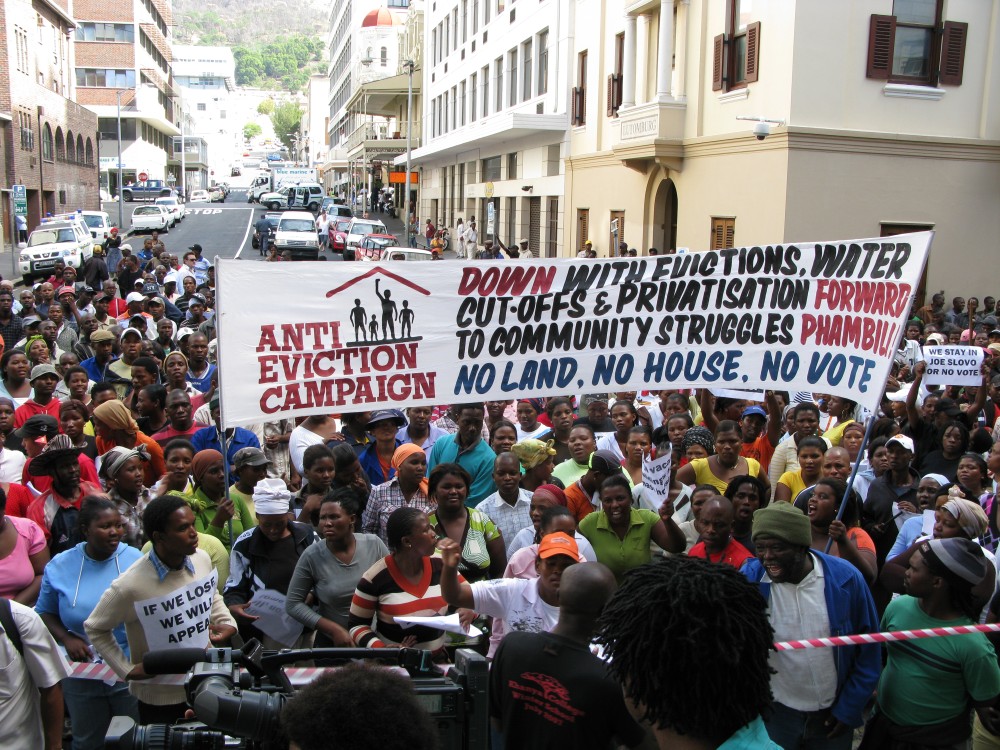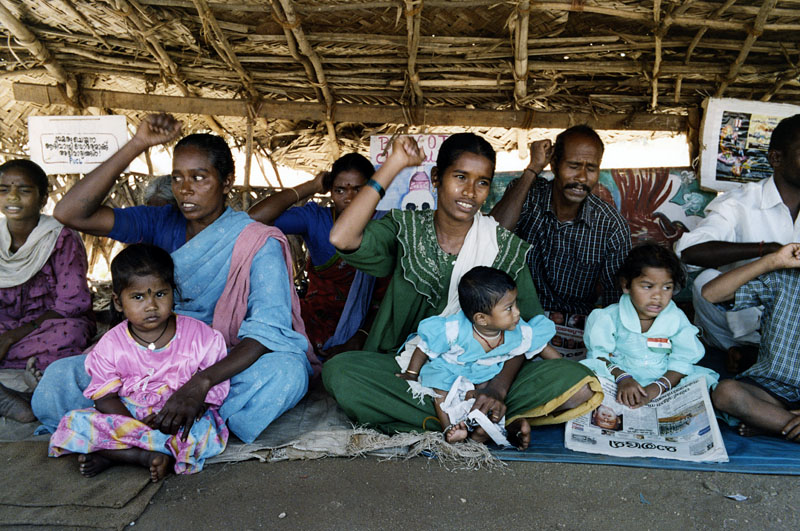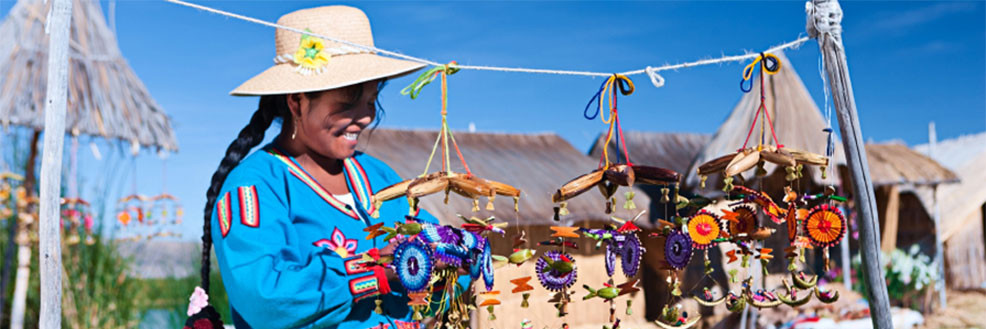by Communications Manager Sunit Bagree
*The views in the following article are the personal views of the author and are not an official position of the School.*
Our Inclusive Urban Infrastructure action research project is concerned with how the provision of water, sanitation, energy, transport and communications infrastructure impacts upon security of tenure in cities in the Global South. Infrastructure development can not only benefit or bypass people in terms of access to public services, it can reduce or increase their vulnerability to forced eviction, harassment and other threats.

The official title of this project is ‘Towards Trajectories of Inclusion: Making infrastructure work for the most marginalised’. But who are the ‘most marginalised’? In this context, many would point to people living in informal settlements, as they often lack access to public services and security of tenure. Yet it is important to recognise that informal settlements are diverse and complex.
Marginalisation has been conceptualised in many different ways. A useful starting point is to think of marginalisation as both a process and a condition that causes individuals and groups to be excluded from the benefits of economic, social and political life in ways that can vary across time and place. Examining these spheres of exclusion in relation to the Sustainable Development Goals (SDGs) highlights some of the deficiencies of the Global Goals.
In the economic sphere, SDG Target 1.1 relates to income poverty, with the international line set by the World Bank at US$1.90 per person per day (at purchasing power parity). The US$1.90 line may help us to understand who are the most marginalised in terms of income poverty. Yet this should not obscure the reality that US$1.90 a day is a ridiculously low threshold. The World Bank partly acknowledged this in 2018 when it began to report on US$3.20 and US$5.50 per day income poverty lines. But many economists have called for an even higher international income poverty line, with studies in recent years demonstrating that U$10-11 per day is associated with access to basic healthcare and a permanent escape from income poverty.

As Jason Hickel has argued, using a more ethical income poverty line disrupts the (pre-Covid) narrative that humanity is winning the battle against income poverty, and should refocus our attention on how the overwhelming majority of new income since 1980 has been captured by those already on high incomes – something the SDGs also fail to do. Furthermore, the SDGs ignore the (ir)regularity of income, as well as other crucial economic concepts such as wealth, which are essential for a comprehensive understanding of economic marginalisation.
In the social sphere, the SDGs adopt a haphazard approach to exclusion on the basis of identity. People with disabilities, for example, are explicitly referred to in just seven of the 169 targets and 11 of the 231 unique indicators. Although the United Nations (UN) aspires to do far more to disaggregate data by disability, it is unclear when this will actually happen. Moreover, sexual and gender minorities are one of the most prominent groups that are completely excluded from the SDGs. The UN has a campaign for equal rights and fair treatment for lesbian, gay, bisexual, transgender and intersex people, but this is separate from the SDGs.
Of course, members of groups who endure identity-based exclusion have diverse experiences. As a whole, however, these groups face disproportionate levels of marginalisation. Engaging with intersectionality, i.e. how people experience discrimination differently depending on their overlapping identities, provides a powerful approach to understanding who are the most socially marginalised, including in relation to urban infrastructure. Unfortunately, the SDGs’ highly uneven approach to identity-based exclusion is not conducive to a comprehensive intersectional analysis and response.
Recognising that both economic and social exclusion derive from unequal power relationships gives rise to deeper insights into the nature of marginalisation. For example, economic marginalisation does not mean ‘uninvolved’. As Janice Perlman highlighted in the 1970s, and adverse incorporation theorists have subsequently developed, the issue is that some people are engaged in economic activity on unfair terms. Similarly, as our previous research demonstrated, and as other recent research discusses, some social groups may actively avoid being counted. This is because they fear persecution if they are identified.
Thus marginalisation is fundamentally political, with the most economically and socially marginalised possessing the least influence over decision-making. Unfortunately, the SDGs are also weak when it comes to tackling political exclusion.
SDG 16 is concerned with institutions and decision-making (among other issues) yet it does not refer to democratic political processes. Critics argue that ‘since the SDGs do not require political reform, they are a big hit with wannabe life presidents, despots and one-party states’. There are also more technical problems with SDG 16. The targets and indicators that do exist suffer from ambiguity and there is a lack of innovation to address the challenge of unavailable data.
The SDGs are not worthless. But the ‘leave no one behind’ promise underpinning the Global Goals can represent empty words for the most economically, socially and politically marginalised. An approach based on human rights (including the right to adequate housing, which incorporates security of tenure and access to infrastructure), radical equality and participatory democracy offers a better route to understanding and responding to marginalisation. This includes how different forms of exclusion overlap and reinforce one another, creating the most severe forms of marginalisation.
In regard to urban areas, the idea of a ‘right to the city’ can be said to incorporate the principles underpinning such an approach. In my view, the ‘right to the city’ is most useful as a rallying call for organised and networked solidarity against oppression and for empowerment. Through this, a more holistic understanding of marginalisation, including cultural and subjective dimensions of exclusion, may be generated. That sounds a lot like action research to me!
Sunit Bagree is Communications Manager for Inclusive Urban Infrastructure, a project funded by UK Research and Innovation through the Global Challenges Research Fund under the title ‘Towards Trajectories of Inclusion: Making infrastructure work for the most marginalised’ (grant reference number ES/T008067/1). For more information visit www.inclusiveinfrastructure.org.


Leave a Reply